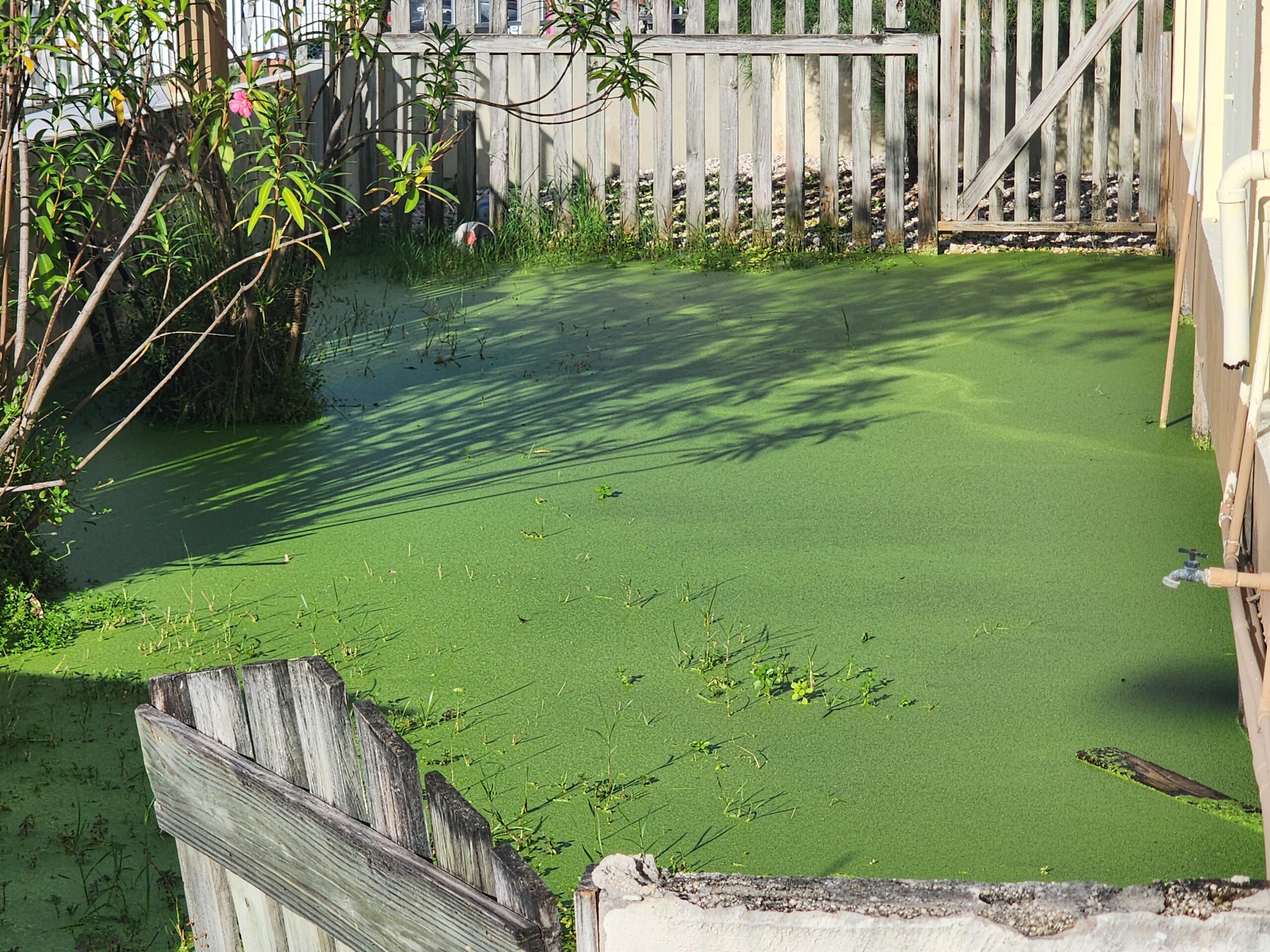Andrea Chartock selected to lead state’s economic development office – Washington State Department of Commerce (.gov)

Report on the Appointment of the Assistant Director for Economic Development and Competitiveness and Alignment with Sustainable Development Goals (SDGs)
1.0 Appointment Overview
In November, the Washington State Department of Commerce appointed Andrea Chartock as the new Assistant Director of the Office of Economic Development and Competitiveness. With over 25 years of experience in global economic development across more than 30 countries, Ms. Chartock’s appointment signals a strategic direction towards integrating global sustainability benchmarks into the state’s economic framework.
2.0 Strategic Priorities and SDG Alignment
Ms. Chartock’s stated focus aligns directly with several key United Nations Sustainable Development Goals (SDGs), positioning the office to contribute to a more sustainable and equitable economic future for Washington.
- Decent Work and Economic Growth (SDG 8): Her primary goal is the growth of high-quality jobs and market expansion for businesses, directly supporting Target 8.5 for full, productive employment and decent work for all.
- Reduced Inequalities (SDG 10): A commitment to equitable economic development across all communities in Washington addresses the core principles of SDG 10 by ensuring inclusive growth.
- Partnerships for the Goals (SDG 17): Her extensive background with international development organizations, including projects funded by the U.S. Agency for International Development (USAID), demonstrates a capacity for building the multi-stakeholder partnerships essential to achieving the SDGs.
3.0 Professional Expertise in Key SDG-Related Sectors
Ms. Chartock’s professional experience provides a strong foundation for advancing specific SDGs within Washington’s key industry sectors. Her expertise includes:
- Supporting small and medium-sized enterprises (SMEs) to increase sales, jobs, and investments, a critical component for achieving robust and inclusive economic growth under SDG 8.
- Leading market assessments to design inclusive economic development programming, a methodology that supports evidence-based policies for sustainable development.
- Demonstrating extensive experience in sectors vital to a sustainable economy:
- Responsible Consumption and Production (SDG 12): Expertise in the circular economy and industrial symbiosis directly contributes to reducing waste and promoting sustainable production patterns.
- Affordable and Clean Energy (SDG 7) & Climate Action (SDG 13): Experience in the clean tech sector is crucial for advancing the state’s transition to sustainable energy and mitigating climate change.
- Zero Hunger (SDG 2) & Life on Land (SDG 15): Deep knowledge of agriculture (tree fruit, grain, berries) and forest products provides opportunities to promote sustainable agricultural practices and resource management.
4.0 Mandate and Leadership Responsibilities
As head of the Office of Economic Development and Competitiveness, Ms. Chartock will oversee teams whose functions are integral to implementing the state’s sustainable development agenda. Her leadership will guide:
- Industry Sector Development: Fostering growth in green and sustainable industries.
- Circular Economy: Leading state initiatives to advance principles of SDG 12.
- Rural and Marketing Services: Ensuring economic development reaches all communities, contributing to SDG 10 and SDG 11 (Sustainable Cities and Communities).
- Small Business Support: Enhancing export assistance and access to finance to bolster the SME sector in line with SDG 8.
Ms. Chartock commenced her duties on November 3, serving on the agency’s Executive Leadership Team to embed these sustainability-focused economic principles at the highest level.
Analysis of the Article in Relation to Sustainable Development Goals
-
Which SDGs are addressed or connected to the issues highlighted in the article?
The article primarily addresses issues related to economic growth, equality, innovation, and sustainable practices. The following SDGs are connected to the work of the Office of Economic Development and Competitiveness as described in the text:
-
SDG 8: Decent Work and Economic Growth
This is the most prominent SDG in the article. The new director’s focus is explicitly on the “growth of high-quality jobs,” “market expansion for businesses,” and overall “economic development.” The text also highlights experience in “supporting small and medium-sized enterprises to increase sales, jobs, exports and attract investments,” which are core components of SDG 8.
-
SDG 9: Industry, Innovation and Infrastructure
The article mentions fostering growth in “innovative ways” and supporting key industry sectors such as “information and communication technology” and “clean tech.” This aligns with SDG 9’s goal of building resilient infrastructure, promoting inclusive and sustainable industrialization, and fostering innovation.
-
SDG 10: Reduced Inequalities
The commitment to “equitable economic development across all communities” and designing “inclusive economic development programming” directly addresses SDG 10. This shows an intention to ensure that economic benefits are distributed fairly and reach all segments of the population, including those in rural areas.
-
SDG 12: Responsible Consumption and Production
The mention of leading teams in “circular economy” and “industrial symbiosis” connects the office’s work to SDG 12. These concepts are central to ensuring sustainable consumption and production patterns by minimizing waste and maximizing resource efficiency.
-
-
What specific targets under those SDGs can be identified based on the article’s content?
Based on the specific activities and goals mentioned, the following targets can be identified:
-
Under SDG 8 (Decent Work and Economic Growth):
- Target 8.2: Achieve higher levels of economic productivity through diversification, technological upgrading and innovation. This is reflected in the focus on sectors like “clean tech” and “information and communication technology,” as well as the goal to foster growth in “innovative ways.”
- Target 8.3: Promote development-oriented policies that support productive activities, decent job creation, entrepreneurship, creativity and innovation, and encourage the formalization and growth of micro-, small- and medium-sized enterprises. This is directly supported by the stated experience in “supporting small and medium-sized enterprises to increase sales, jobs, exports and attract investments” and the office’s role in “small business export assistance” and “small business finance.”
-
Under SDG 9 (Industry, Innovation and Infrastructure):
- Target 9.3: Increase the access of small-scale industrial and other enterprises… to financial services, including affordable credit, and their integration into value chains and markets. The office’s responsibility for “small business finance and community support” and “market expansion for businesses” directly aligns with this target.
-
Under SDG 10 (Reduced Inequalities):
- Target 10.2: By 2030, empower and promote the social, economic and political inclusion of all. The stated focus on “equitable economic development across all communities” and “inclusive economic development programming” is a direct reflection of this target’s ambition.
-
Under SDG 12 (Responsible Consumption and Production):
- Target 12.5: By 2030, substantially reduce waste generation through prevention, reduction, recycling and reuse. The leadership of teams dedicated to the “circular economy” directly contributes to this target, as the circular economy model is designed to minimize waste and promote reuse.
-
-
Are there any indicators mentioned or implied in the article that can be used to measure progress towards the identified targets?
While the article does not list official SDG indicators, it mentions several metrics that can serve as practical, implied indicators to measure progress:
-
For SDG 8 / Target 8.3:
The article explicitly states the goals of supporting SMEs to achieve specific outcomes. These can be used as direct indicators:
- Increase in sales for small and medium-sized enterprises.
- Number of “high-quality jobs” created.
- Volume or value of “exports” from small businesses.
- Amount of “investments” attracted by businesses.
-
For SDG 10 / Target 10.2:
Progress towards “equitable economic development” can be measured by disaggregating economic data. An implied indicator would be:
- Distribution of job growth and business investment across different communities (e.g., rural vs. urban, different demographic groups).
-
For SDG 12 / Target 12.5:
The focus on a “circular economy” implies indicators related to waste and resource management:
- Reduction in industrial waste generation.
- Increase in the rate of material recycling and reuse within key industries.
-
For SDG 9 / Target 9.3:
The mention of “small business finance” implies indicators related to financial access:
- Number of small and medium-sized enterprises receiving financial support or loans.
-
-
Create a table with three columns titled ‘SDGs, Targets and Indicators” to present the findings from analyzing the article.
SDGs Targets Indicators (Implied from Article) SDG 8: Decent Work and Economic Growth Target 8.3: Promote policies to support job creation and the growth of small- and medium-sized enterprises (SMEs). - Increase in sales for SMEs
- Number of high-quality jobs created
- Increase in exports from SMEs
- Amount of investment attracted
SDG 9: Industry, Innovation and Infrastructure Target 9.3: Increase the access of small-scale enterprises to financial services and their integration into markets. - Number of SMEs receiving financial support
- Growth in market expansion for businesses
SDG 10: Reduced Inequalities Target 10.2: Empower and promote the social and economic inclusion of all. - Distribution of economic growth and job creation across all communities (e.g., rural areas)
SDG 12: Responsible Consumption and Production Target 12.5: Substantially reduce waste generation through prevention, reduction, recycling and reuse. - Metrics related to the implementation of circular economy principles
- Reduction in industrial waste
Source: commerce.wa.gov
What is Your Reaction?
 Like
0
Like
0
 Dislike
0
Dislike
0
 Love
0
Love
0
 Funny
0
Funny
0
 Angry
0
Angry
0
 Sad
0
Sad
0
 Wow
0
Wow
0

















































.jpg.webp?itok=0ZsAnae9#)





:focal(1500,1000)/https://media.globalcitizen.org/a6/9a/a69a4720-d8a1-4715-b596-18738d03c05c/rotary_polio_hero_image.jpg?#)





















